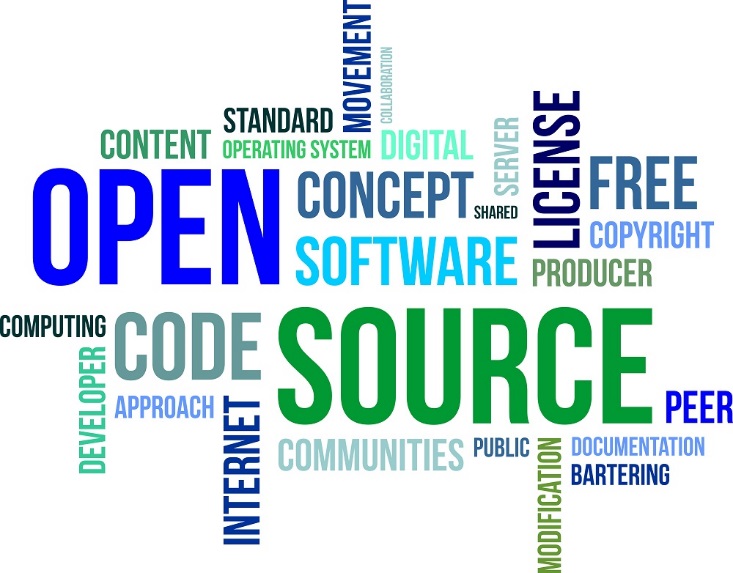
Open source software can be used in a number of different applications, but it isn’t capable of dealing with all situations. If you run a business with an online store aspect, you’ll have a wide choice of what sort of eCommerce software you would like to use to run the store. You can pay a licensing fee and use an eCommerce software system like that offered by Shopify or you can search for free plugins (granted that you’re using WordPress or another open source platform that has eCommerce plugins).
Additions and Add-ons Galore
The best feature of open source software is all the additional plugins you can add on for free. The older the base software is, the more choices you will have to pick from. Because of the nature of open source, programmers and developers from around the world will have the opportunity to examine the source code of the software and fiddle with it however they please. Thanks to this aspect of the software, thousands upon thousands of people have had the chance to modify the code according to their own, different ideas. This has led to advances and modifications that the original developers might never have even contemplated. The myriad angles and viewpoints that other programmers view the code with has allowed growth and development in open source projects unlike anything that can be accomplished through a single entity, be it corporation or group of developers.Using open source technology doesn’t necessarily mean you need to use Linux for your OS or WordPress for your operating system. According to CNet, an open source alternative to Microsoft Office Suite has now claimed to have over 80 million users worldwide. LibreOffice is a suite of applications akin to Microsoft Office with a word processor, PowerPoint-style application, spreadsheet program, and more. But instead of buying the latest version of MS Office for hundreds of dollars, you can get LibreOffice for free. Thanks to open source platforms and programs, it’s possible for you to save yourself and your business money through using alternatives like LibreOffice instead of paying lots of money for the more well-known branded software suites.
Multiple Systems for Multiple Jobs
Chances are that you won’t be able to find an open source alternative for all the systems you use in your business; you will certainly be able to find some, more depending on what base systems you run, but for others you will have to stick to either proprietary software of licensed software. Which software and programs works best where is something you will need to look into and do some research on. There are a lot of open source applications available and even more add-ons to them, so it will require some work on your part to sift through the programs you don’t want or need to find the useful ones. As long as you’re willing to spend the time doing the research, you will definitely be able to save your business some money, as in the case of using LibreOffice instead of MS Office.An incredibly important tool you should definitely have is a barcode printer and scanner. If you run a purely online eCommerce site then the necessity of a barcode printer isn’t nearly as drastic as it is if you run a physical store. There are barcode and label printing applications available for open source system like Linux. According to LWN, barcode applications like KBarcode are available for free and offer features like optional database support, built-in label definitions, rich text and graphical editors, and more. But a system like that requires you to be running Linux or KDE3 as your business OS and that isn’t always the case. Conversely, you can purchase a mobile barcode printer like the ones offered by Shopify that sync together with a smartphone app. The choice is not cut-and-dried; you can't just list whether one system is better than another system. All the systems available have their strengths and weaknesses and so it’s up to you to figure out which is the best and most efficient for your business.

